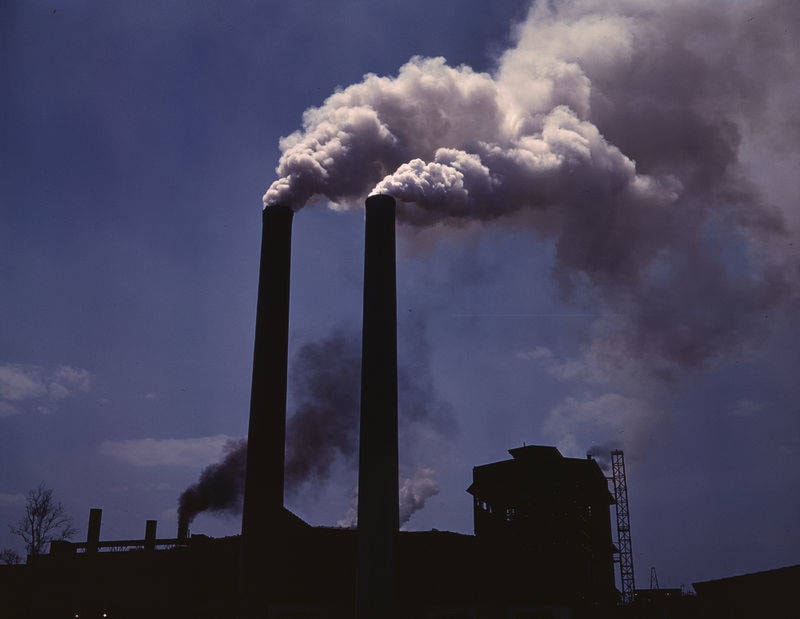Local air quality studies discussed at an elected officials forum indicate Courtenay is the second smokiest in a list of 23 B.C. communities. But a researcher also said that Cumberland is “one big hotspot” for wood smoke, Coun. Jesse Ketler noted June 12 at council.
“We do have a problem,” she said. “It’s recognized we have smoky air in the winter months. In the summer months it’s great, but in the winter months we have very smoky air here.”
Banning non-forestry-related land-clearing fires and limiting old wood stoves would help improve air quality, a staff report said. Another step would be to initiate an educational or incentive program.
Earlier this year, council prohibited yard waste fires.
Island Health and residents have raised concerns about fine particulate matter (PM 2.5) and wood smoke — though Cumberland did not exceed 24-hour objectives for PM 2.5, according to a testing station on the fire hall roof last September and this January.
“Researchers and residents have all pointed to wood smoke as the main source of the problem,” the report states.
Council unanimously agreed to draft a wood stove bylaw containing the same regulations as a Duncan bylaw, which requires:
•Non-certified wood burning appliances and pellet stoves be removed upon sale or transfer of property;
•Wood burning appliances and pellet stoves not to be used during air quality advisories, unless an appliance is the only heating appliance;
•All new construction include a second form of space heating.
Other steps approved by council are to co-operate and liaise with other Valley governments, and to provide air quality education and incentives.
Council also agreed to prohibit non-forestry-related land-clearing fires, though Couns. Roger Kishi and Sean Sullivan opposed the motion from Ketler. Kishi foresees a lot of work lumping all of the above together. He suggests a phased approach would take less time.
